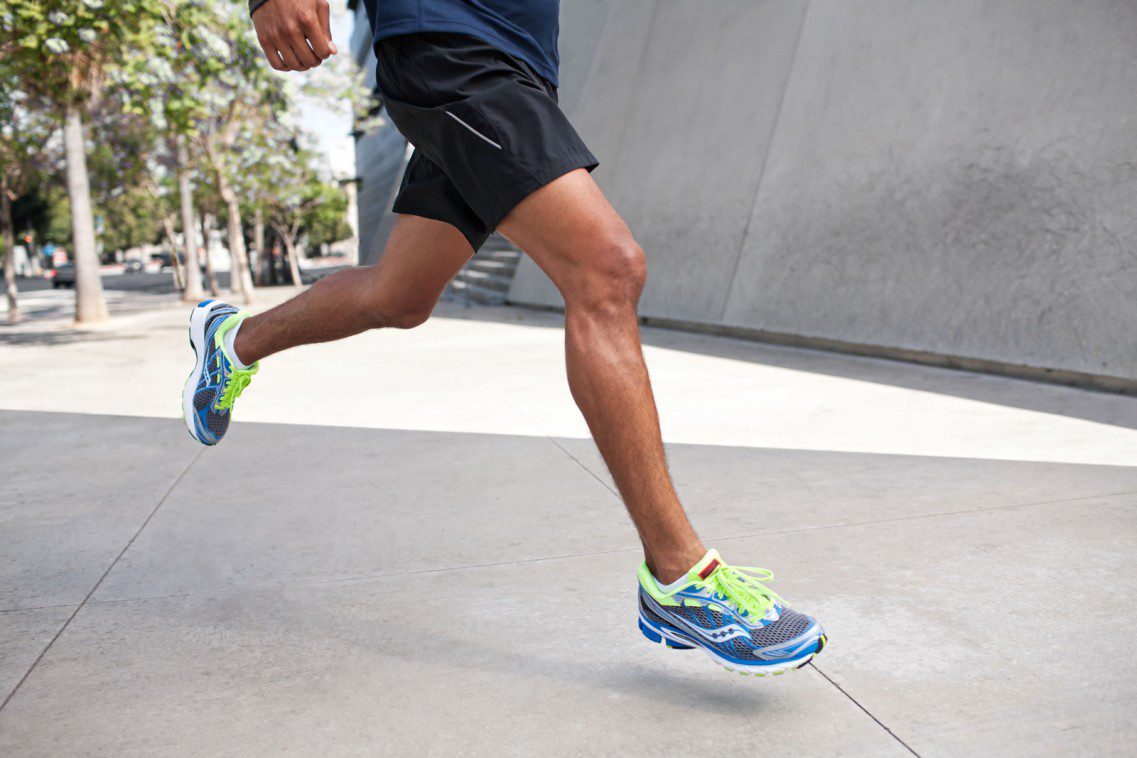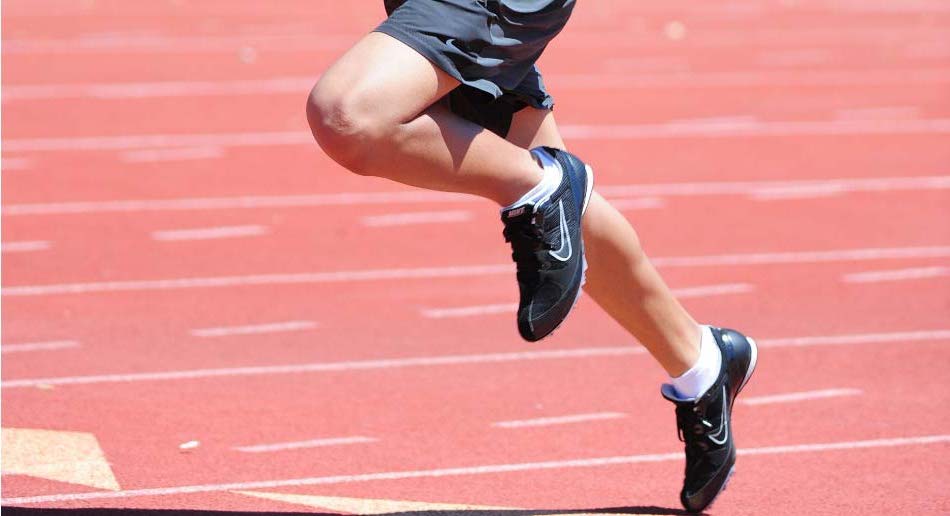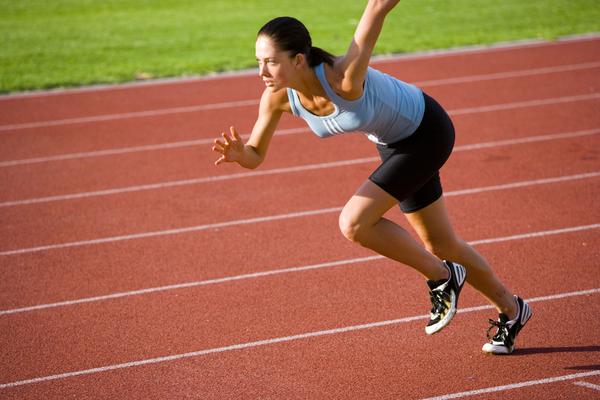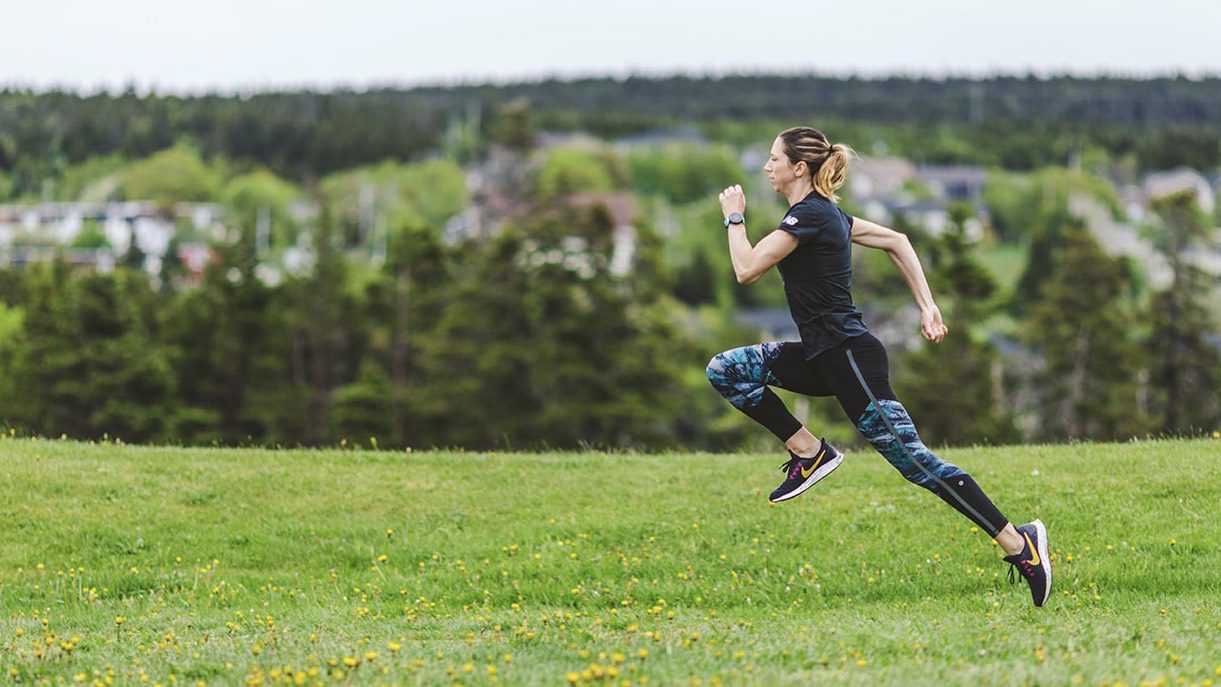Why you should do strides after your run
Doing a few quick sprints after your easy run can help you get stronger and faster

Are you looking for a way to improve your speed, strength and endurance in order to cross the finish line of your next race with a shiny new PB? If you’ve already added speedwork, long runs and strength training into your routine, but are looking for something to give you that final push at the end of a race, it’s time you started adding strides to the end of your runs. Strides are short sprints that can be added to the end of your easy run or before a workout, and they can benefit your training in many ways.

RELATED: Running drills to improve your stride
They improve your form
It’s much easier to focus on your form for short, 20- to 30-second bursts of time rather than thinking about it for your entire run, which is why strides are a great way to help you improve your overall body mechanics. As you practice running with good form during your strides, this will eventually translate into good form on your run, which will be particularly beneficial in those last stages of a race when you’re feeling tired and your form starts to fall apart.
They prepare your muscles to run fast
Strides can also be performed as part of a warmup before a race or workout as a pre-cursor to faster, more vigorous running. They can warm up your muscles, raise your heart rate and loosen up your joints and tendons so that when the start gun goes off, you can get up to race pace quickly without risk of injury.
Strides can help with muscle recovery
When done after a run, strides can be a great way to loosen up muscles that might be feeling a little stiff, particularly if you did a hard speed session the day before.

RELATED: The do’s and don’ts of recovery with physiotherapist Chris Napier
They help you get faster
Adding strides after your run is an easy way to incorporate some speed into your training plan without changing it too drastically. Even just by doing them a few days per week, you’ll start to use some of those fast-twitch muscles that will give you a little extra oomph on race day. Beginner runners can also use strides as a way to introduce a little bit of fast running into their program before they decide to tackle some speedwork.
They add mileage
Finally, adding strides to the end of a run allows you to add a bit of extra mileage without really noticing it. It may not be much, but doing them regularly can add a few kilometres to your weekly total, which can give your legs that bit of extra strength to get you to the finish line.

How to do strides
Strides should be 20 to 30 seconds in length, or approximately 80 to 100 metres, and ideally you should do them at 85 to 95 per cent of your max effort. When you finish your run, you should stretch lightly first, focusing on the muscles and joints that felt tight during your run. To begin your stride, you want to ease into the pace over the first five seconds, at which point you should have reached your maximum speed. From there, focus on staying relaxed (including keeping your face relaxed). In the last five seconds of the stride, begin to ease up on the pace to slow down gradually.
Try doing six to 10 strides after your runs, giving yourself about two minutes of rest between each interval to allow for a full recovery before starting your next stride. The goal of strides is not to get in a hard workout, but to work on your running mechanics, so starting your next stride when you’re still out of breath from the last one defeats the purpose.
Strides aren’t a magic ticket to a PB, and they won’t replace doing speedwork and long runs and all the other things you’re doing to improve your running, but they can give you that extra edge you need to finally accomplish your running goals.


